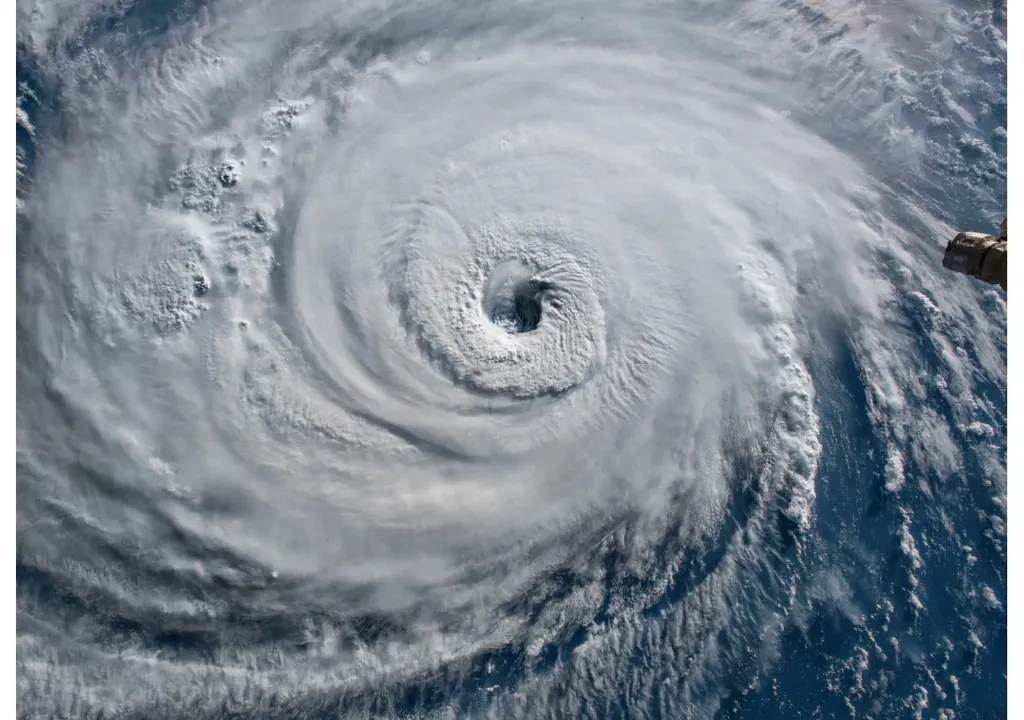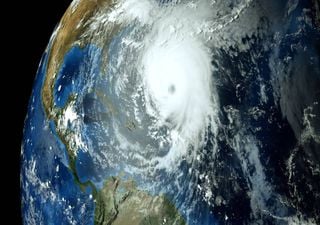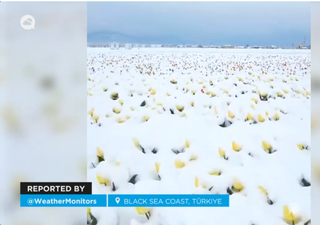These will be the names of the Topical Cyclones in the 2024 Atlantic Hurricane Season
Early forecasts point to an extremely active tropical cyclone season in the Atlantic. The WMO has already proposed the list of names for this 2024, along with a supplementary list of 21 names.

The hurricane season is just around the corner and the National Hurricane Center, based in Miami, has already made public the list of names for the coming years. The most intense tropical cyclones have been named since 1953. To do this, six lists of 21 names are used that are recycled every six years.
The most deadly and/or expensive hurricanes are removed from the list and replaced by new names. Since 1972, 95 names have been removed, some of them very publicised such as Katrina, Paloma or Wilma.
Why are they named?
The most intense tropical cyclones are named to facilitate meteorological communication with the public and between different agencies. To do this, short and easy-to-remember names are used that help fix the weather information in memory. Names are attributed only to hurricanes and tropical storms, both types of storms differ by the strength of the sustained winds they produce:
- Tropical storm: tropical cyclone with sustained winds ≥ 62 km/h
- Hurricane: tropical cyclone that produces sustained winds ≥ 119 km/h
We understand by sustained wind, the average wind in a period of 2 to 5 minutes. The gusts are, therefore, always superior to the sustained wind. With a sustained wind of 119 km/h, for example, there can be gusts of 150 or even 190 km/h.
A scale to govern them all
The Saffir-Simpson scale classifies tropical cyclones according to the maximum sustained winds they produce. The scale is divided into five categories, with number one being the most "soft" and five being the most intense.
Catastrophic.
— Aurélio Marques (@aureliodrm) September 1, 2019
That's the descriptive term when it comes to #Category5 on the Saffir-Simpson scale.#Hurricane #dorian made landfall in the #bahamas as a #Cat5 Cat5 #storm with maximum winds up to 185 mph#HurricaneDorian2019 pic.twitter.com/AcabeQa7U3
When a hurricane reaches category three or higher, it is then called a major hurricane with sustained winds of 178 to 208 km/h. The most intense hurricanes, category five, produce sustained winds of more than 252 km/h and catastrophic damage.
How is the next hurricane season expected?
The hurricane season in the tropical Atlantic will begin on 1 June and will last until 30 November. The peak of activity in the Atlantic usually occurs from mid-August to the first half of October.
NOAA's latest probabilistic ENSO forecast gives 80% chance of #LaNina conditions for peak of Atlantic hurricane season (August-October). La Nina typically increases Atlantic #hurricane activity via decreases in vertical wind shear. NOAA blog post here:https://t.co/GHSqFsZTak pic.twitter.com/vgKtAr0IAV
— Philip Klotzbach (@philklotzbach) April 11, 2024
A group of researchers from the State University of Colorado (USA), predicts a season of hurricanes especially active in the Atlantic, with 23 cyclones named and up to 11 hurricanes. This is due, in part to the effect of El Niño, with surface temperatures of sea water at higher than normal values. A hot ocean enhances the development of these cyclones, especially when the water temperature exceeds 25 or 26 ºC.
In the coming months, the ENSO will take a new turn and La Niña will be installed. La Niña usually decreases the west winds that blow across the ocean at high levels of the troposphere. As a result, the shear, a harmful ingredient for the development of hurricanes, is reduced. This combination of factors suggests a particularly active season.
The list of names for this 2024
The World Meteorological Organization (WMO) has agreed on the following names for the hurricane and tropical storm season of 2024. In case of exhausting all names, until 2021, the Greek alphabet (Alpha, Beta, Gamma, etc.) was resorted to. This has only happened in two years: 2005 and 2020. The latter was a record, with 30 storms named. Since 2021, the WMO has generated a second list with 21 names in case the first one is exhausted.
- Alberto
- Beryl
- Chris
- Debby
- Ernesto
- Francine
- Gordon
- Helene
- Isaac
- Joyce
- Kirk
- Leslie
- Milton
- Nadine
- Oscar
- Patty
- Rafael
- Sara
- Tony
- Valerie
- William








